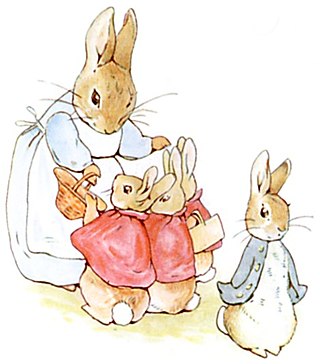
A picture book combines visual and verbal narratives in a book format, most often aimed at young children. With the narrative told primarily through text, they are distinct from comics, which do so primarily through sequential images.
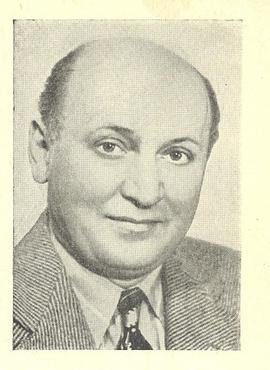
Ludwig Bemelmans was an Austrian-American writer and illustrator of children's books and adult novels. He is known best for the Madeline picture books. Six were published, the first in 1939.
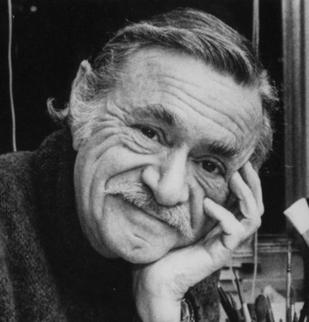
Ezra Jack Keats was an American writer and illustrator of children's books. He won the 1963 Caldecott Medal for illustrating The Snowy Day, which he also wrote. Keats wrote A Letter to Amy and Hi, Cat! but he was most famous for The Snowy Day. It is considered one of the most important American books of the 20th century.
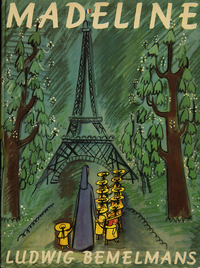
Madeline is a media franchise that originated as a series of children's books written and illustrated by Ludwig Bemelmans, an Austrian-American author. The books have been adapted into numerous formats, spawning telefilms, television series and a live action feature film. As a closing line, the adaptations invoke a famous phrase Ethel Barrymore used to rebuff curtain calls, "That's all there is, there isn't any more". The stories take place in a Catholic boarding school in Paris. The teacher, named Miss Clavel, is strict but loves the children, cares for them, and is open to their ideas.
Madeline: Lost in Paris is a 1999 American direct-to-video animated musical adventure comedy-drama film produced by DIC Entertainment, L.P. It was released on August 3, 1999, to VHS by Buena Vista Home Video under the Walt Disney Home Video imprint. In 2009, the film was released on iTunes for the film's 10th anniversary.
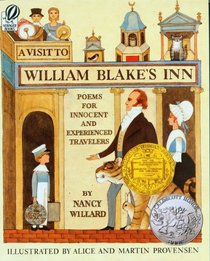
A Visit to William Blake's Inn: Poems for Innocent and Experienced Travelers is a children's picture book written by Nancy Willard and illustrated by Alice and Martin Provensen, published by Harcourt Brace in 1981. The next year Willard won the annual Newbery Medal and the Provensens were one runner-up for the Caldecott Medal from the professional children's librarians. William Blake's Inn was the first Newbery-winning book to also be named a Caldecott Honor Book. Last Stop on Market Street later won the 2016 Newbery Medal and a Caldecott Honor.

The Rooster Crows: A Book of American Rhymes and Jingles, written and illustrated by Maud and Miska Petersham, is a 1945 picture book published by Simon & Schuster. The Rooster Crows was a Caldecott Medal winner for illustration in 1946. This book is a collection of traditional American nursery rhymes, finger games, skipping rhymes, jingles, and counting-out rhymes. They come from collections all over America.
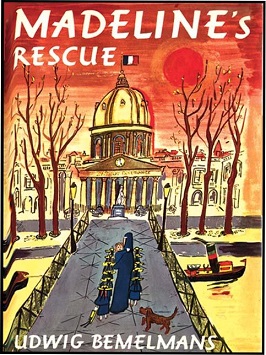
Madeline's Rescue is a children's picture book by Ludwig Bemelmans, the second in his Madeline series. Released by Viking Press, it was the recipient of the Caldecott Medal for illustration in 1954.
Madeline is an animated preschool television series produced by DIC Entertainment, L.P., part of the Madeline media franchise about the character Madeline Fogg. It began as a series of six television specials from 1988 to 1991, and then continued as Madeline and The New Adventures of Madeline from 1993 to 2001. The show is narrated by famous celebrity voice talent Christopher Plummer.
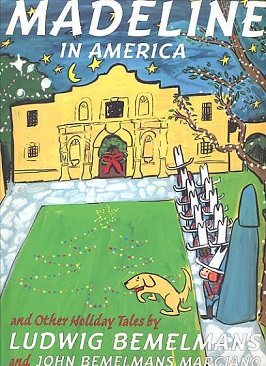
Madeline in America and Other Holiday Tales is an illustrated collection of short stories by Ludwig Bemelmans, with only one of the stories featuring his popular children's character Madeline. This collection was first published in 1999 by Arthur A. Levine Books, and features stories previously published in other publications, with artwork by Ludwig Bemelmans' grandson, John Bemelmans-Marciano.

Madeline and the Bad Hat is a children's picture book by Ludwig Bemelmans. It features the popular children's character Madeline. It was first published by Viking Press in 1956.
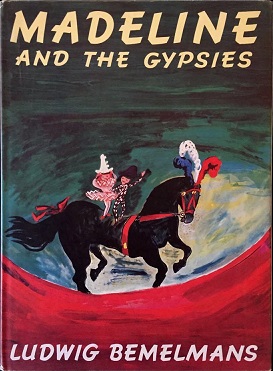
Madeline and the Gypsies is a children's picture book by Ludwig Bemelmans featuring Bemelman's popular character Madeline. It was first published in 1959 by Viking Press under the Viking Juvenile imprint.

Madeline in London is a children's picture book by Ludwig Bemelmans. It features popular children's character Madeline. It was published in the August 1961 issue of Holiday Magazine, complete with Bemelmans's drawings. It was first published in book form by Viking Press in 1961.
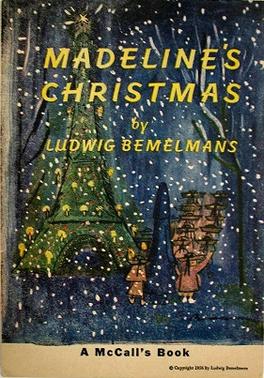
Madeline's Christmas is an illustrated children's picture book by Ludwig Bemelmans. It features Bemelman's popular children's character Madeline. It was first published in 1956 as a special book insert to McCalls Magazine, but it wasn't issued independently until 1985.
May Massee was an American children's book editor. She was the founding head of the juvenile departments at Doubleday from 1922 and at Viking Press from 1932. Before working at Doubleday, she edited the American Library Association periodical Booklist.
The Golden Basket is a children's novel written and illustrated by Ludwig Bemelmans. It tells the story of a family's visit to Bruges and marks the first appearance of the author's best-known character, Madeline. The novel was first published in 1936 and was a Newbery Honor recipient in 1937.
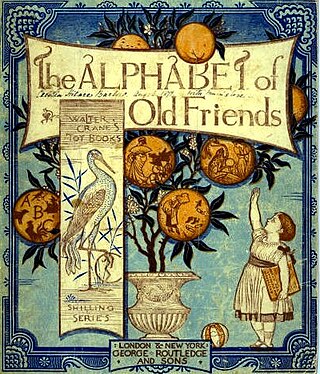
Toy books were illustrated children's books that became popular in England's Victorian era. The earliest toy books were typically paperbound, with six illustrated pages and sold for sixpence; larger and more elaborate editions became popular later in the century. In the mid-19th century picture books began to be made for children, with illustrations dominating the text rather than supplementing the text.

John Bemelmans Marciano is an American children's book author and illustrator.
Madeline is a book series, part of the Madeline media franchise, originally created by Ludwig Bemelmans. The series follows the daily adventures of Madeline, a seven-year-old girl attending a boarding school in Paris with eleven other girls, under the care of their teacher, Miss Clavel.
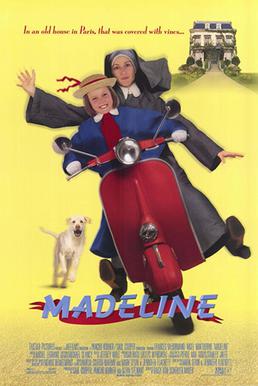
Madeline is a 1998 family comedy film adaptation of the children's book series and animated television series of the same name. The film starred newcomer Hatty Jones as the titular character with Frances McDormand and Nigel Hawthorne in supporting roles as Miss Clavel and Lord Covington respectively. The film encompasses the plots of four Madeline books. It was released on July 10, 1998 by TriStar Pictures.















